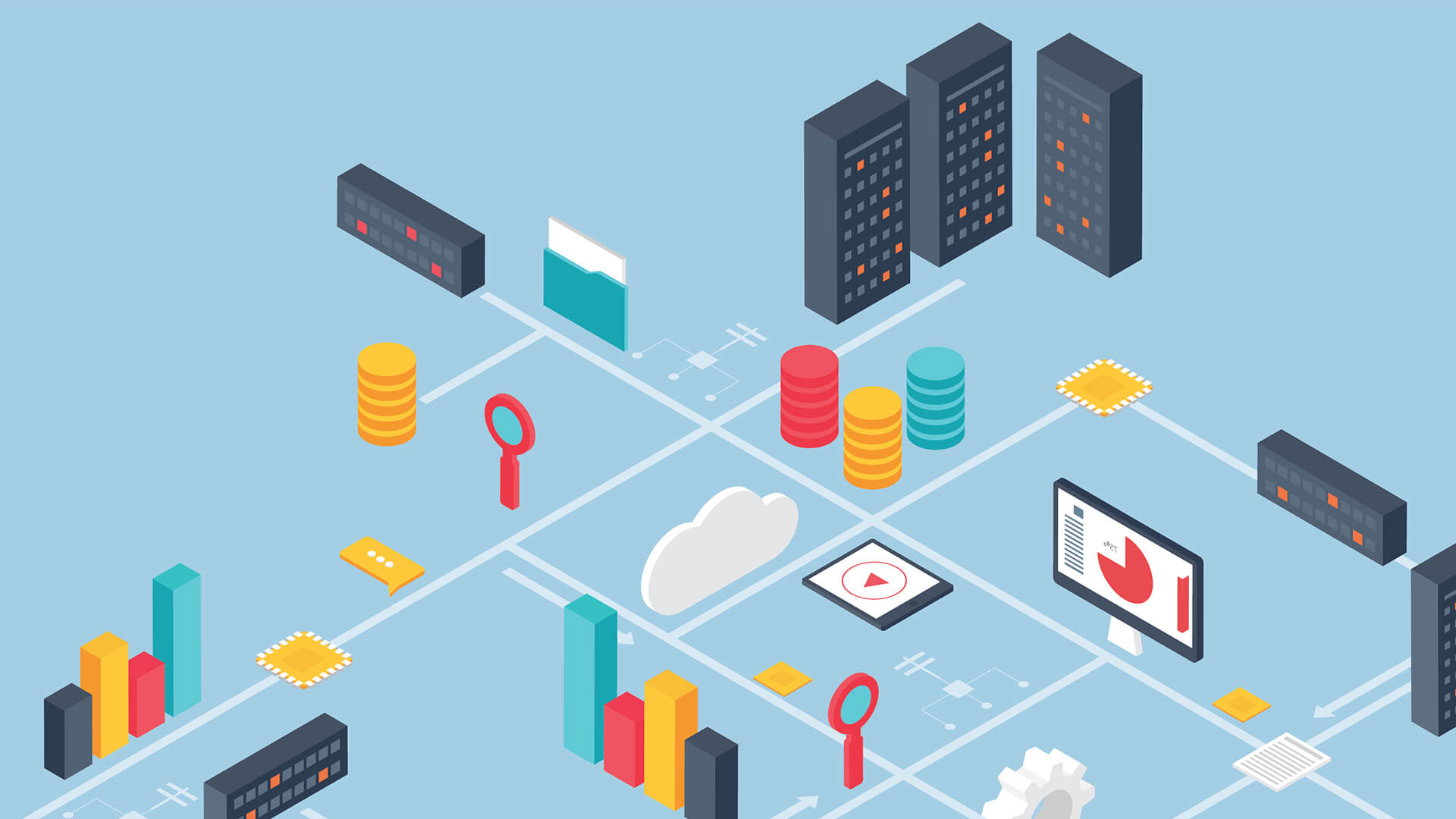
Innovation is an essential component of any successful business strategy. By embracing new ideas, technologies, and approaches, businesses can stay ahead of the competition and continue to grow and thrive in an increasingly dynamic market.
One of the key benefits of incorporating innovation into your business strategy is that it can help you to gain a competitive advantage. By continuously exploring new ideas and technologies, businesses can identify unique and differentiated offerings that set them apart from their competitors. This can help businesses to attract and retain customers, and to gain a stronger position in the market.
Innovation can also help businesses to stay ahead of market trends and shifts in consumer behavior. By regularly evaluating new developments in your industry and in the broader market, you can identify opportunities to innovate and adapt your business model to meet changing customer needs. This can help businesses to remain relevant and competitive in an increasingly dynamic market.
Furthermore, innovation can drive growth and improve performance. By implementing new ideas and technologies, businesses can increase efficiency, reduce costs, and improve their products and services. This can help businesses to achieve their goals and objectives, and to drive long-term success.
Overall, the role of innovation in business strategy is to continuously explore new ideas and technologies, and to incorporate them into your business model to drive growth, improve performance, and gain a competitive advantage. By embracing innovation, businesses can stay ahead of the competition and achieve their goals in an ever-changing market.






